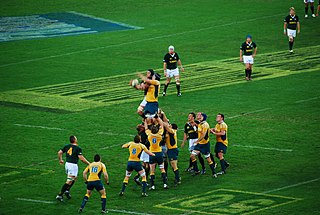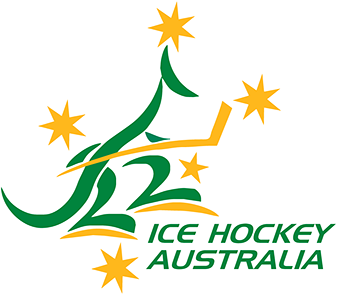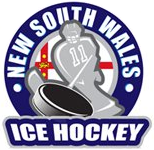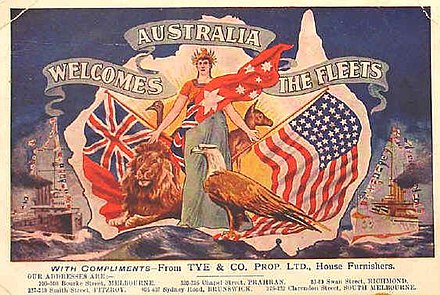
Winter Sports in Australia encompasses a great variety of activities across the continent of Australia, including winter sports played in snow and ice such as ice hockey. Climate varies considerably from the tropical North to temperate South in Australia, and sporting practices vary accordingly. Ice and snow sports like Skiing in Australia are conducted in the high country of the Australian Alps and Tasmanian Wilderness. Australia has relatively low mountain ranges, but a long history of participation in recreational skiing and the Winter Olympic Games. Australians have won olympic gold in ice skating, skiing and snow-boarding events. Australia's generally flat geography and usually mild winter climate otherwise provide ideal conditions for international non-snow/ice winter sports and team games like Rugby Union Football, Rugby league Football and Association Football (Soccer), which are all popular sports during the Australian winter and in which Australia has enjoyed considerable international success. Australian rules football is a home-grown winter football code with a wide following throughout Australia. Many other sports are also played or watched in Australia through the winter season.
The Goodall Cup is a perpetual trophy that is, currently, annually awarded to the playoff champions of the Australian Ice Hockey League (AIHL). The trophy is named after Australian born player John Edwin Goodall who originally donated the cup.

The Australian Ice Hockey Federation, currently trading as Ice Hockey Australia (IHA), is the official national governing body of ice hockey in Australia and is a member of the International Ice Hockey Federation. It was first established in 1908, making it one of the oldest national ice hockey associations in the world.
The Victorian Ice Hockey Association, currently trading as Ice Hockey Victoria is the governing body of ice hockey in Victoria, Australia. The Victorian Ice Hockey Association is a branch of Ice Hockey Australia.

The Ice Hockey Tasmania Incorporated, currently trading as Ice Hockey Tasmania is the governing body of ice hockey in Tasmania, Australia. Ice Hockey Tasmania is a branch of Ice Hockey Australia.

The New South Wales Ice Hockey Association, currently trading as Ice Hockey NSW is the governing body of ice hockey in New South Wales, Australia. The New South Wales Ice Hockey Association is a branch of Ice Hockey Australia.

Ice hockey in Australia is only a moderately popular sport, with low participation and spectator attendance figures when compared with many other sports played in the country.

The Melbourne Glaciers are an Australian junior ice hockey team based in Melbourne, Victoria playing in the Australian Junior Ice Hockey League. They represent one of the two junior ice hockey teams from Victoria currently playing in the AJIHL, which is the most elite level for ice hockey at a national level for ages between 16–20 years old.
The history of sport in Australia dates back to the pre-colonial period of the country.

The Adelaide Glaciarium was the first indoor ice skating facility built in Australia. This is the birthplace for ice skating in Australia and is the location of the first hockey on the ice match in the country, which was an adaptation of roller polo for the ice using ice skates. Contemporary ice hockey was never played at this venue but this ice skating rink, the country's first, provided the "test bed" facility for its successor the Melbourne Glaciarium, the birthplace of ice hockey in Australia.
The Jim Brown Shield is currently an annually awarded interstate ice hockey championship trophy in Australia for senior men aged 17 years and older with the condition that players of the Australian Ice Hockey League that are 24 years and older must have played less than 6 games to remain eligible. The current trophy is in the form of a shield and is the third trophy to bear the Brown family name. The trophy is named after Scottish born James Archibald Brown. The Jim Brown Shield is competed for in a series of games between state representative teams in what is called the Australian Men's National Ice Hockey Championship.

The St. Moritz Ice Rink was a popular ice rink housed in a grand venue on The Esplanade, St. Kilda, Victoria, which operated between 1939–1981. As one of only two ice rinks in Melbourne in the 40s and 50s, it played a central role to the sport of ice hockey in Australia. Closed in 1982, it soon suffered a major fire and was then demolished, an event later seen as a major blow to the heritage of St Kilda.
The 1910 Inter-State Series Final was the second Inter-State Series ice hockey championship in Australia and for the first time was held in the Sydney Glaciarium.
The 1913 Goodall Cup Final marks the fifth inter-state ice hockey championship in Australia and the last championship played before the series was suspended due to World War I.
The 1921 Goodall Cup Final was the first Goodall Cup series after the end of the First World War.

The Melbourne Glaciarium opened in 1906, the second indoor ice skating facility built in Australia after the Adelaide Glaciarium. The Glaci hosted the first game of ice hockey played in Australia and was the home of the first ice hockey association in Australia. At the time the Melbourne Glaciarium was opened, it was the 3rd largest indoor ice rink in the world. The rink closed in 1957 and was soon demolished.
The 1925 Goodall Cup inter-state series is the first year that the tournament was changed from a 3-game series where Victoria and New South Wales would visit each other's state in alternate years, to a 6-game series consisting of 3 matches to be played in Victoria and another 3 matches to be played in Sydney.

The Macquarie Ice Rink is an ice sports and public skate centre, opened in 1981 and located within the Macquarie Shopping Centre in the northern Sydney suburb of Macquarie Park, New South Wales, Australia. It is the current home of the Sydney Bears and Sydney Ice Dogs AIHL ice hockey teams.
The Australian Men's National Ice Hockey Championship is an annual elimination tournament for Ice Hockey Australia between each Australian state and territory. It consists of a round robin format tournament, where each state plays another 1 time to determine placement for the sudden death playoff format. The sudden death playoff format consists of 2 semi-final rounds followed by a gold medal game and a bronze medal game.











